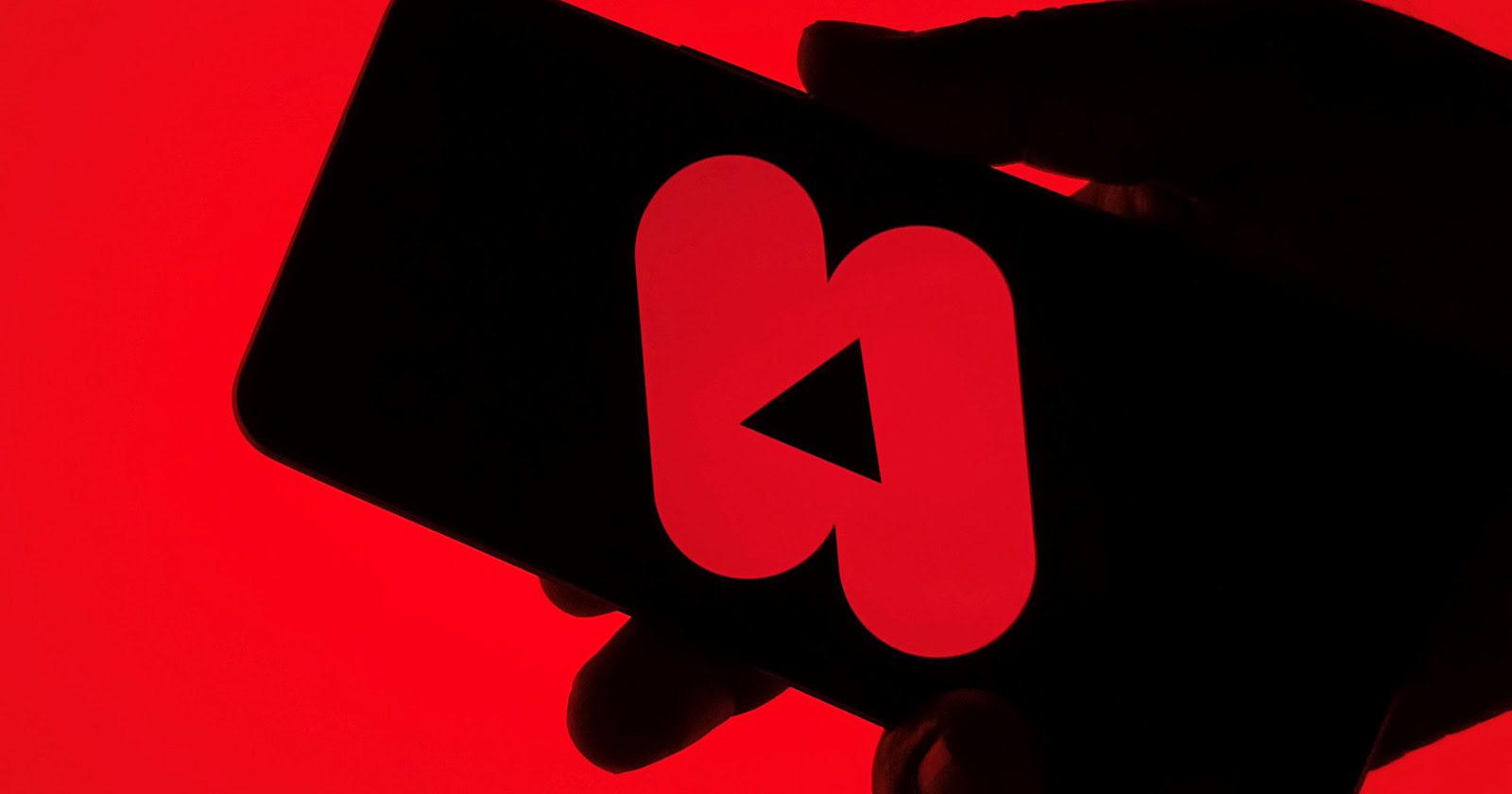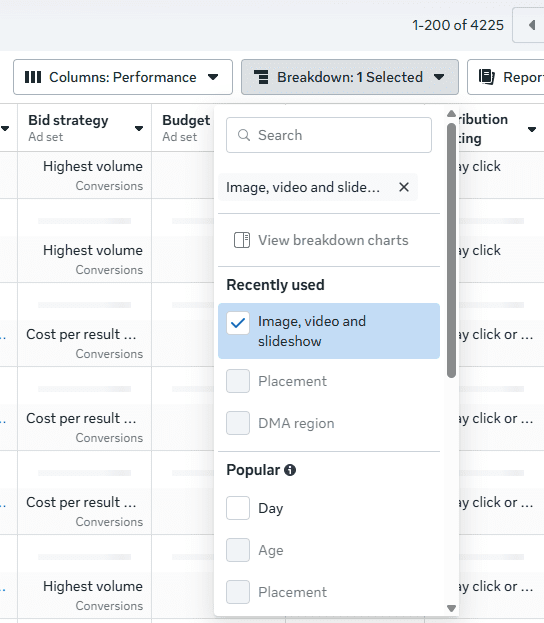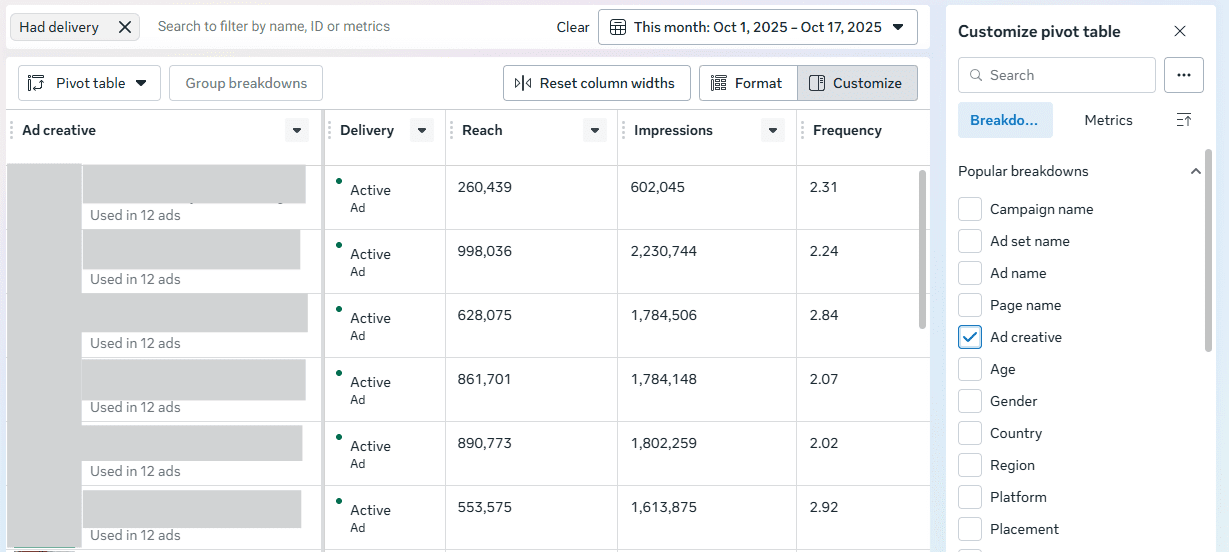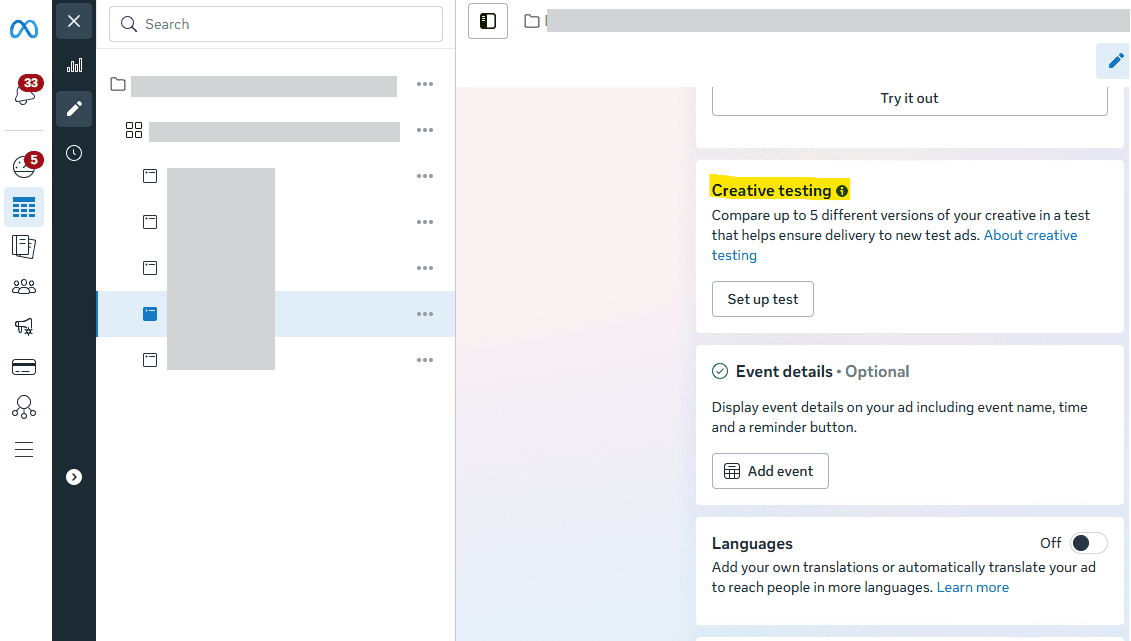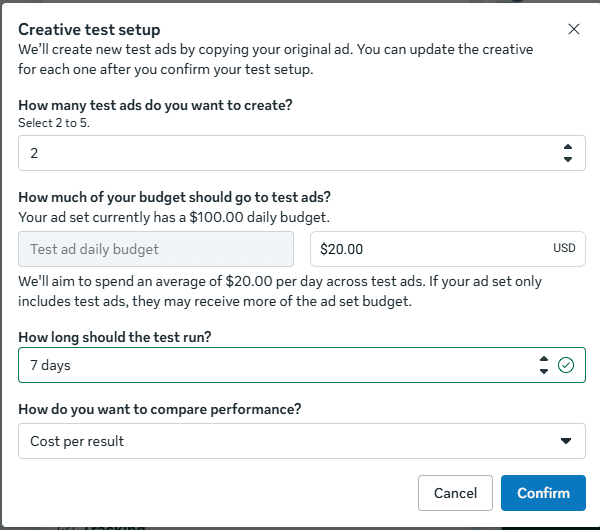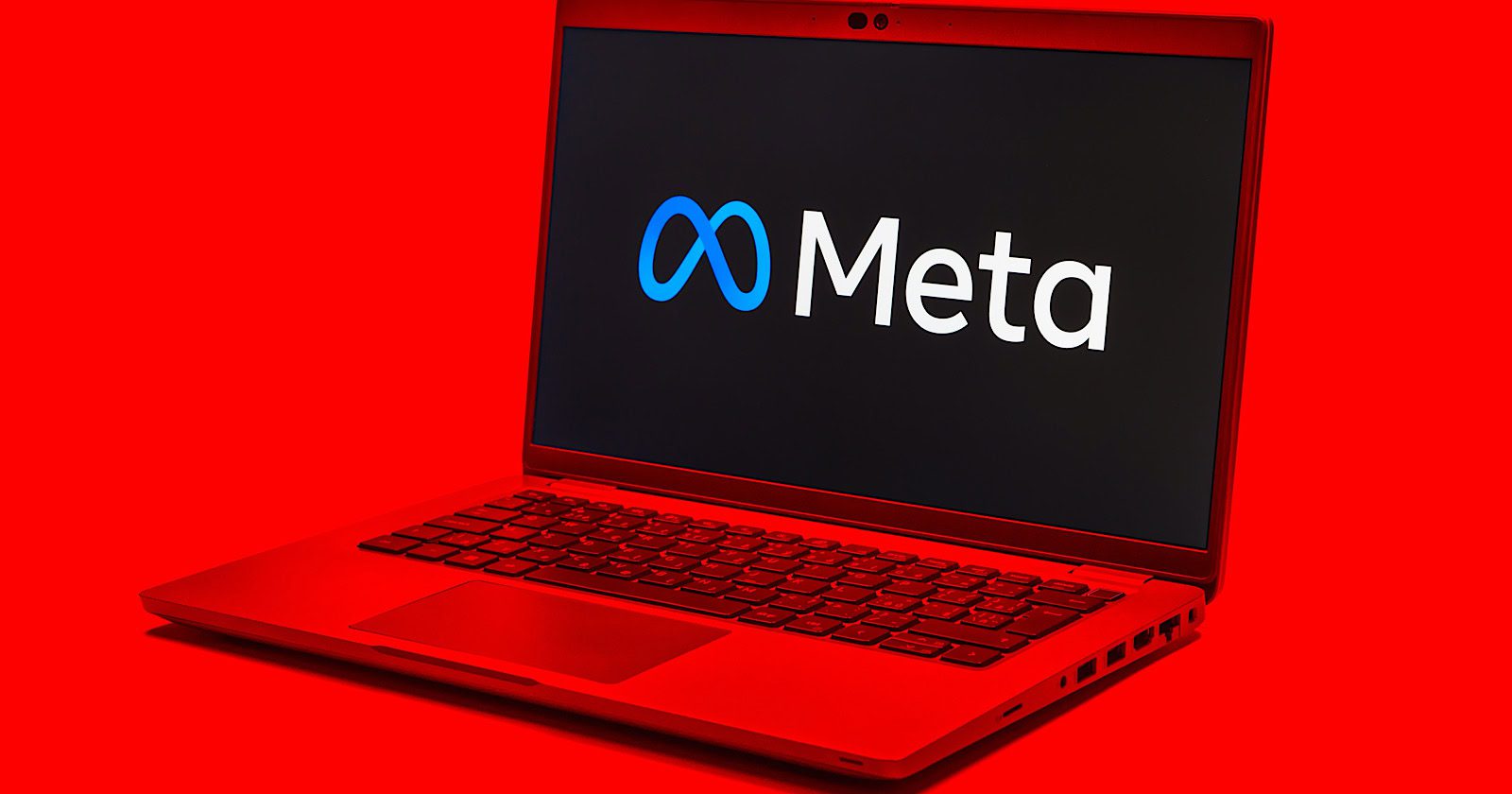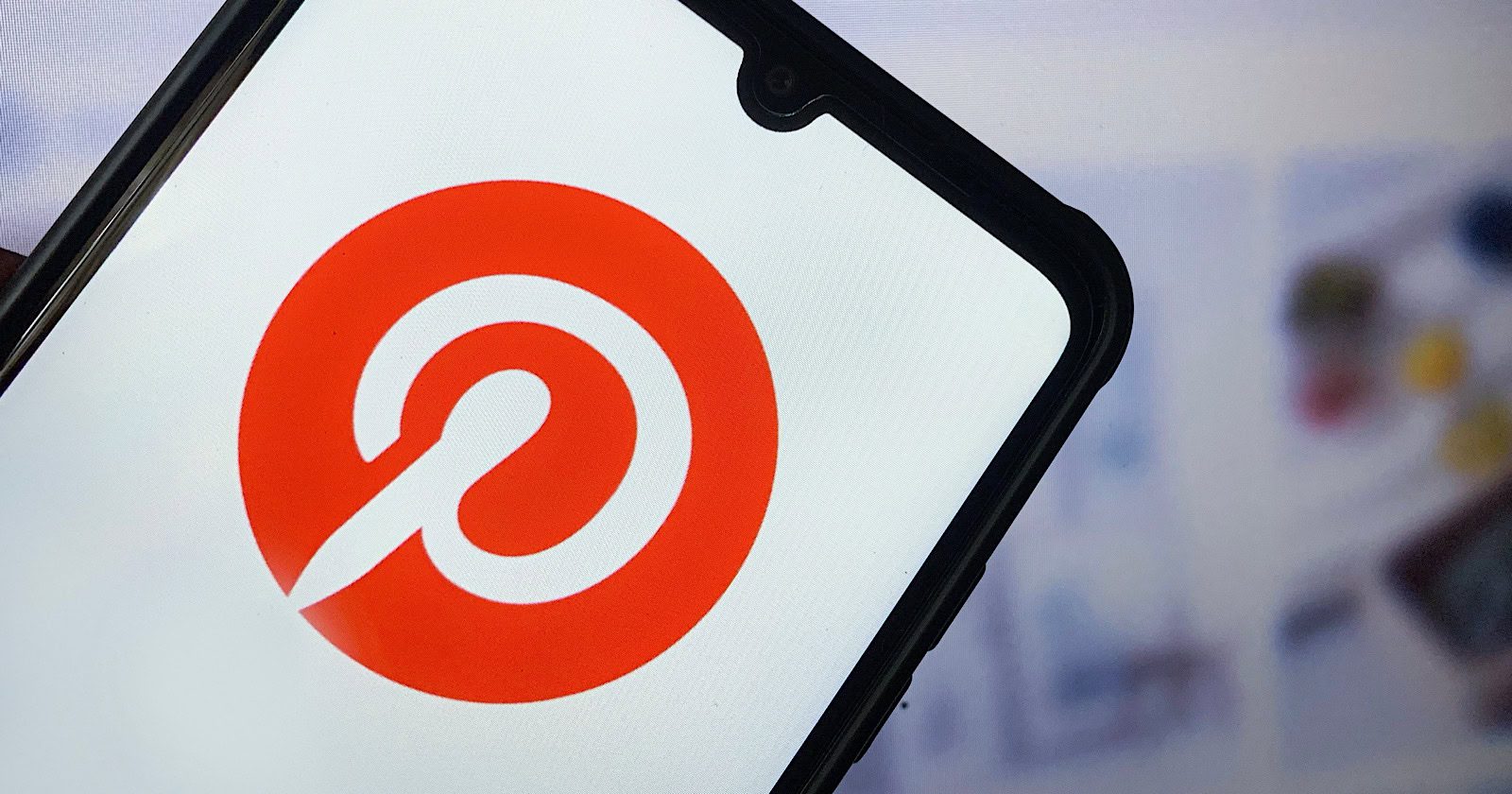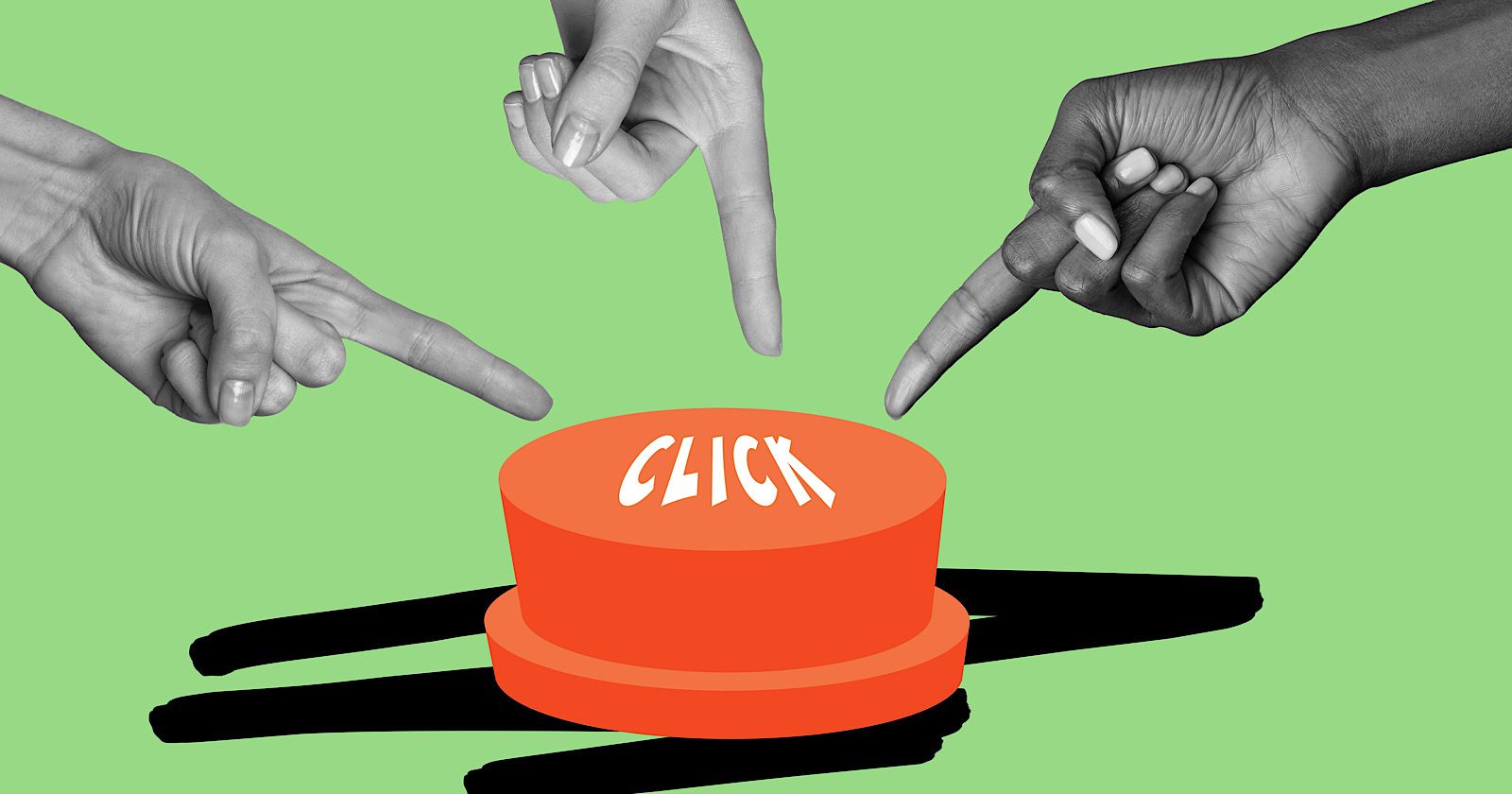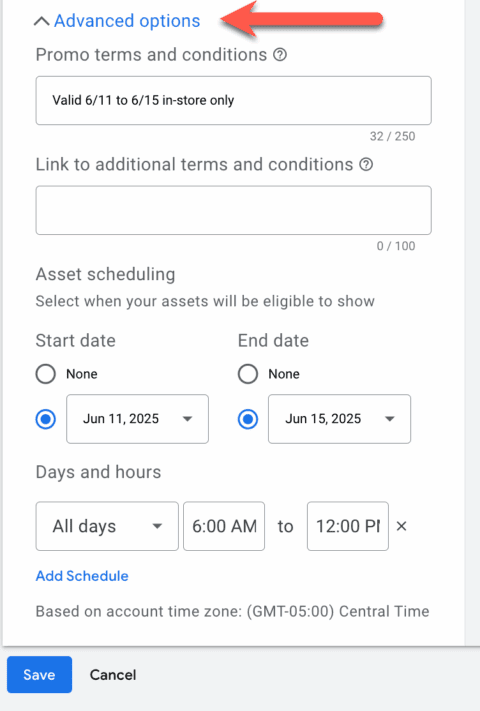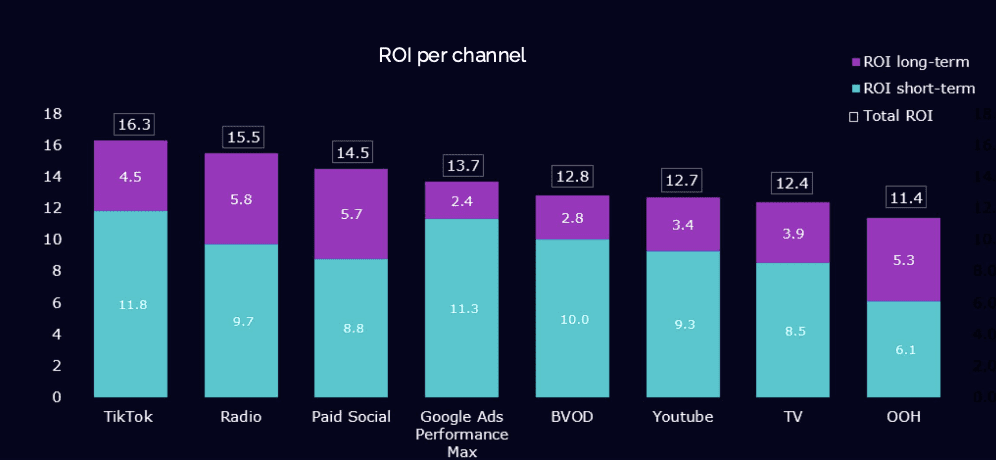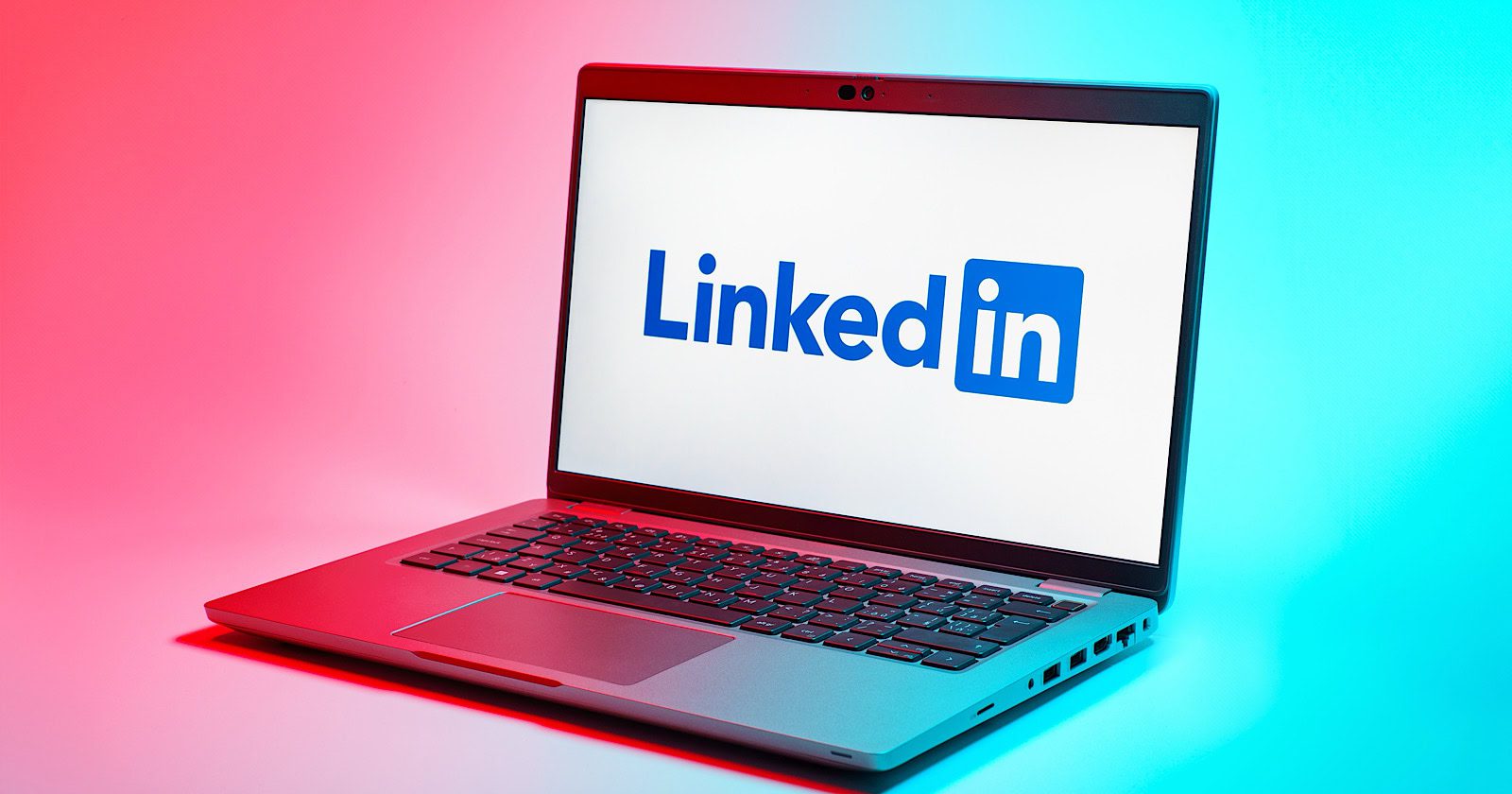TikTok isn’t just a place for dance challenges or trendy lip-sync videos; it’s now one of the most powerful platforms for advertisers.
With its unique mix of authenticity and creativity, TikTok offers marketers a golden opportunity to reach engaged audiences in fresh ways.
But setting up a campaign is only the beginning. Once your ads are live, optimizing them to meet your goals is where the real magic happens.
In this guide, we’ll dive into practical, data-driven steps to improve TikTok ad performance after setup.
Whether your goal is to boost brand awareness or drive conversions, this article will show you how to refine your strategy for maximum impact.
1. Know Your Objectives And KPIs
Before diving into optimization, it’s essential to clarify your campaign’s objectives and identify key performance indicators (KPIs).
Are you aiming for brand awareness, engagement, or conversions?
Each objective requires different tactics and metrics to gauge success.
Review KPIs like impressions, clicks, click-through rates (CTR), and conversions regularly. Tracking these lets you adjust your approach based on how close you are to your goals.
For instance, if your primary goal is brand awareness, focus on engagement rates rather than immediate conversions. Keeping your objectives front and center will help shape every decision as you optimize.
2. Audience Refinement And Targeting Adjustments
TikTok’s wide-reaching audience is one of its strengths, but casting too broad a net can dilute your results.
Once you have initial data from your live ads, it’s time to refine your targeting:
- Demographic Adjustments: Analyze the demographics of users interacting with your ads. Adjust your target audience to match the profiles that are responding best. For example, if you see a strong engagement from a particular age group or gender, double down there.
- Interest And Behavior-Based Refinement: TikTok allows for interest-based targeting, which can help you reach specific niches. If you see that users interested in “travel” engage with your content more, consider adjusting your interests or behaviors to focus on that.
- Custom And Lookalike Audiences: Custom audiences (based on engagement or website traffic) and lookalike audiences (based on your existing customers) are invaluable for re-targeting and prospecting. These segments let you focus your budget on high-intent users who are likely to convert, creating a win-win for efficiency and results.
Additionally, TikTok Ads has the ability to create “AND” audiences, allowing for further refinement based on behavioral performance.
For example, you can create an audience that includes a certain demographic factor, AND portrays a specific interest. This type of targeting narrows down the focus instead of using an “OR” behavior, which targets anyone in either of those categories chosen.
3. Optimize Your Ad Creative
TikTok is all about eye-catching content, so optimizing ad creative is non-negotiable.
Dive into your metrics – CTR, engagement rate, completion rate – and identify trends in what’s working.
- A/B Testing: Split-testing different video creations can provide insights into what resonates most. Test elements like video length, style, and music choice to see what improves results.
- Trendy, Authentic Content: TikTok users are drawn to authenticity. Swap polished brand visuals for raw, relatable content that feels natural in users’ feeds. Experiment with user-generated content (UGC) styles to tap into TikTok’s unique vibe.
- Adjust Visuals Regularly: TikTok trends move fast. Refresh visuals, sounds, and messaging to stay relevant and avoid “ad fatigue,” where users tune out repetitive content.
If possible, try to have five to 10 creatives per ad group running at all times to reduce creative fatigue.
When first starting out, try testing creatives with big differences between the two, not small nuances, to really understand what’s going to capture your audience from the start.
These steps help you create a feedback loop where the data from each test iteration informs the next, sharpening your creative with each optimization cycle.
TikTok has a variety of creative tools in its Business Help Center, including:
- Video template tool.
- Smart creative.
- Creative exchange.
- Creative best practices.
- And more.
4. Use Automated Bidding Strategically
TikTok’s automated bidding options, like “Maximum Delivery” and “Bid Cap,” can help streamline budget management. Knowing when to use them effectively, though, is key.
- Start With Manual, Then Test Automated: Many advertisers find value in starting with manual bidding for tighter control, then testing TikTok’s automated options once they gather performance data.
- Bid Adjustments Based On Engagement: If an ad shows high engagement but low conversions, consider using manual bid adjustments to focus spend on high-engagement periods or audiences.
Here’s a quick breakdown of the two automated bid strategy options:
Cost Cap Bidding
- How It Works: Keeps your average cost similar to your bid, regardless of daily/lifetime budget.
- Advertising Objectives available: App Installs, Conversions, or Lead Generation objectives can be chosen with this strategy.
- Cost Metrics: Cost per Click (CPC), Cost per Thousand (CPM), Cost per View (CPV), and Optimized Cost per Thousand (oCPM).
Maximum Delivery Bidding
- How It Works: Maximizes budget usage by driving the most results possible, given a specified budget and a certain time period.
- Advertising Objectives available: Traffic, Reach, Video Views, App Installs, Conversions, Lead Generation, and Catalog Sales objectives can be chosen with this strategy.
- Cost Metrics: CPC, CPM, CPV, oCPM.
Automated bidding is particularly beneficial when managing multiple campaigns, but always monitor closely.
TikTok’s bidding algorithm can free up time, but a “set it and forget it” approach rarely leads to optimal results.
5. Ad Placement And Schedule Adjustments
TikTok gives you control over placement and scheduling – two levers you can use to ensure your ads reach the right audience at the right time.
By default, TikTok will set an ad group with Automatic Placements, meaning your ad will be available to be chosen in each available ad placement (depending on your ad type, bid strategy, etc.)
If you’re looking to harness more control at the beginning, you can turn that setting off. The following manual placements can be selected or de-selected:
- TikTok: Allows for placement on TikTok based on your advertising objective.
- Global App Bundle: An integrated traffic solution that places ads on other popular apps, like CapCut and Fizzo.
- Pangle: The ad network of TikTok for business that allows you to reach users across top local publishers on the platform.
Below are a few tips for getting started with ad placement and schedule adjustments.
- Review Placement Performance: Ads can show up in different TikTok placements. Start by examining how each is performing. If the “For You” feed drives better engagement than other placements, consider focusing your budget there.
- Dayparting For Maximum Impact: Dayparting – scheduling ads to run at specific times – can improve efficiency. Look at when your target audience is most active and adjust your schedule to maximize impact during those hours.
These adjustments ensure your ads are not just “on” but active in ways that maximize visibility and relevance.
6. Retargeting And Sequencing For Engagement
As users engage with your brand on TikTok, retargeting allows you to keep them in the loop without starting from scratch.
- Engagement-Based Retargeting: Use retargeting to reach users who have interacted with your brand but haven’t converted. Target viewers who’ve engaged with your videos or clicked but haven’t completed an action. This high-intent group is more likely to convert with the right nudge.
- Sequencing Ads To Tell A Story: Ad sequencing is a powerful way to build a narrative across multiple videos. A sequential approach lets you nurture leads by gradually building brand familiarity and trust, guiding users down the conversion funnel naturally.
Considering 72% of TikTok users agree that a brand is memorable even three weeks after initial ad exposure, remarketing efforts on TikTok are a no-brainer.
These techniques can boost engagement and help guide audiences from mere interest to genuine investment in your brand.
7. Analyze And Optimize Landing Pages
If your landing page or app experience doesn’t align with your TikTok ad, you’ll likely see high bounce rates.
As with any ad, optimize those landing pages for a seamless transition from ad to action.
- A/B Test Landing Pages: Experiment with different layouts, messaging, and calls to action on your landing pages. TikTok users prefer a smooth, distraction-free experience, so every element on your landing page should support your ad’s call to action.
- Page Speed Matters: TikTok is a fast-paced platform, and users expect speed. Ensure your landing pages load quickly to reduce drop-off.
In short, your ad and landing page should feel like a cohesive journey that’s frictionless and aligned with your audience’s expectations.
8. Experiment With TikTok’s Advanced Features
As TikTok evolves, so do its advertising options.
Advanced features like Spark Ads, Dynamic Showcase Ads, and Catalog Sales provide unique ways to reach audiences.
- Spark Ads For Organic Feel: Spark Ads allow brands to partner with influencers or use existing organic posts as ads. This format enhances trust and engagement as it appears less like a traditional ad and more like organic content.
- Dynamic Showcase Ads And Catalog Sales: For ecommerce brands, these features let you showcase products dynamically, creating a more personalized ad experience. Optimize these ads by using high-quality visuals and up-to-date catalog information.
Taking advantage of these advanced features allows your brand to stay ahead of the curve and engage audiences in innovative ways.
Embrace Optimization With Continuous Testing
The TikTok landscape moves quickly, making continuous testing essential for ad performance. Every ad format, audience adjustment, and creative tweak contributes to your overall learning.
Setting up TikTok ads is just the first step in a larger optimization journey.
To unlock the full potential of TikTok, marketers need to embrace data-driven adjustments, experiment with new formats, and consistently align their content with TikTok’s fast-moving trends.
By refining targeting, leveraging creative testing, and optimizing placements, you can push your campaigns to perform at their best.
Let’s face it: TikTok is one of the most dynamic platforms today. With a bit of experimentation and a lot of flexibility, your ads can thrive here, bringing both visibility and results to your brand.
More resources:
Featured Image: Roman Samborskyi/Shutterstock
